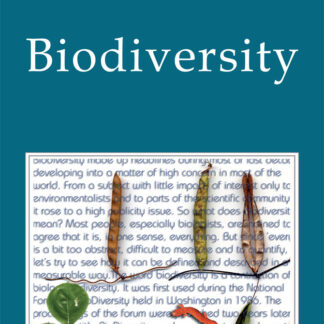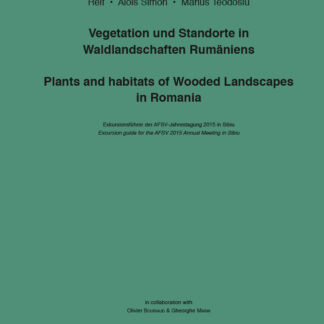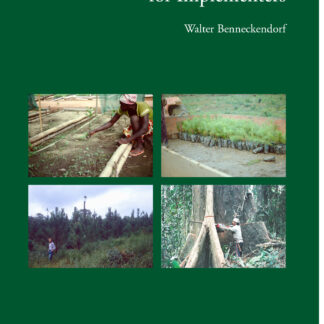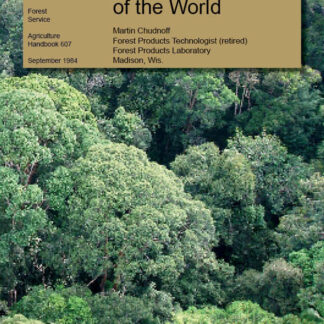Description
Few days go by at the Forest Products Laboratory without questions from around the world about properties and uses of tropical woods. Interspersed with the queries about such U.S. species as Douglas-fir and white oak are requests about arariba from Brazil, sipo from Ivory Coast, or kapur from Malaya.
Such questions come logically to the Forest Products Laboratory, because it is the official wood identification arm of the Federal government. In the more than 70 years the laboratory has been answering such questions, research concentration has been primarily on determining properties and uses for U.S. species. But as lumber imports from the tropics are increasing, so are questions about foreign woods. As international trade increases, people need more Information on exotic species, their properties, and what woods can be substituted for those no longer available.
To answer these questions, information has to be gleaned from publications by other scientists around the world. The average person who needs technical data does not have access to the hundreds of rare publications that contain the information. Even if such documentation were pulled together from a variety of sources, the seeker might discover the information was given in several languages and often based on nonuniform test methods, descriptions, or measurements. How can one compare and choose?
To fill this need, Martin Chudnoff has compiled information on the better known tropical species, put the data on a common basis, and assembled it in a brief, useful form. To accomplish this, he drew on his training as a forester and wood technologist and his many years of forest products research in tropical and subtropical areas of the world.
This volume is the product of his dedicated work.
Max A. Davidson
Forest Products Laboratory, retired




